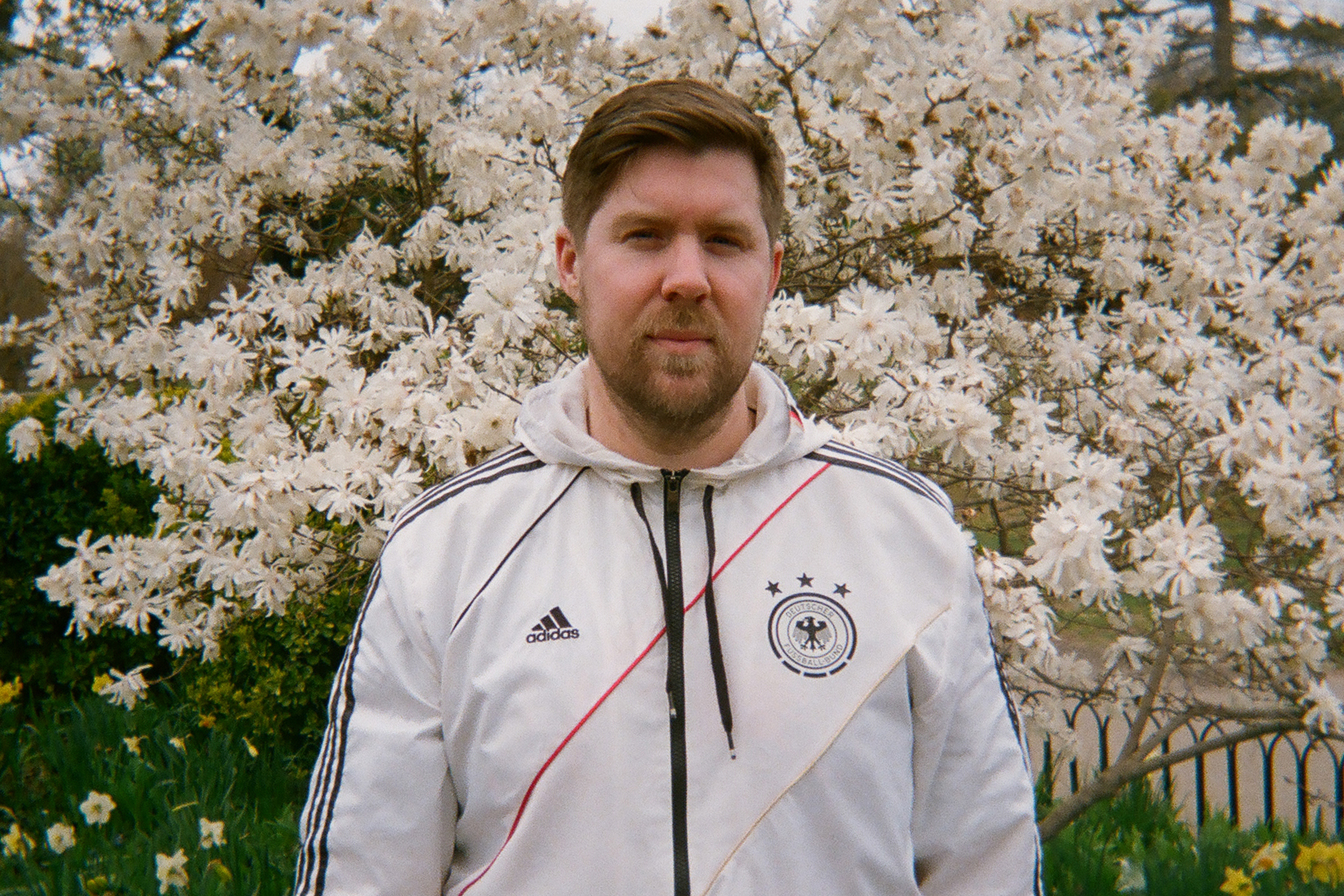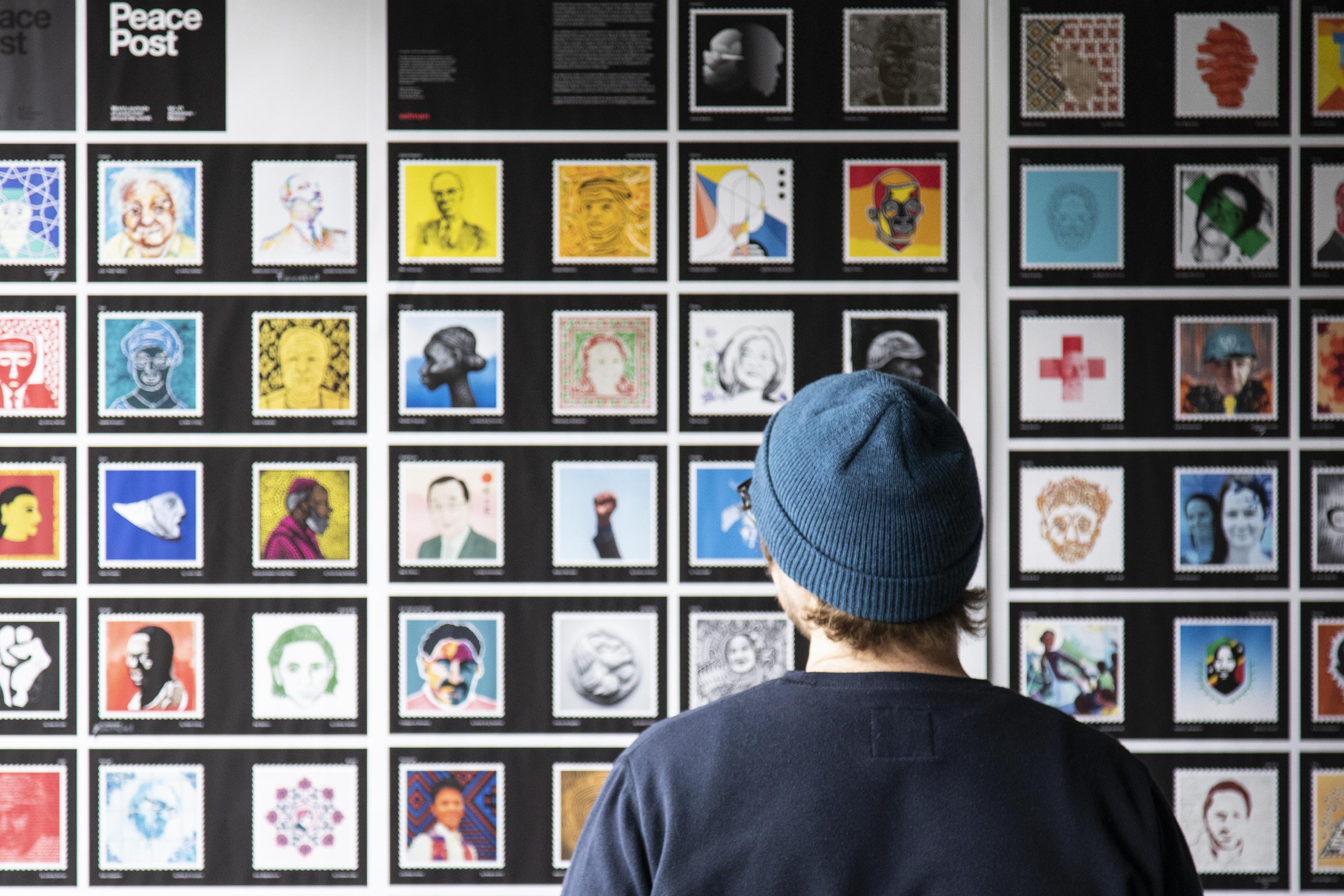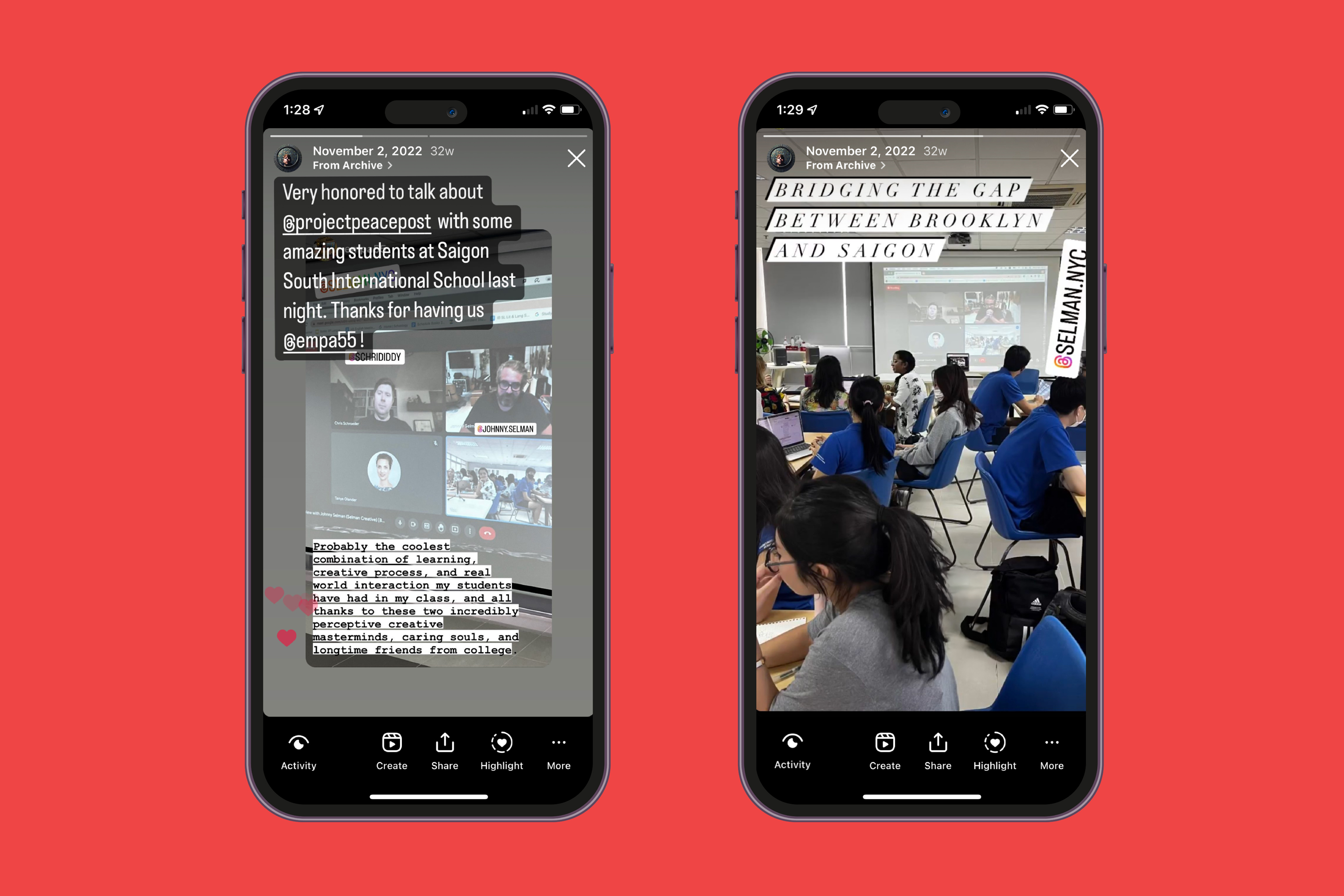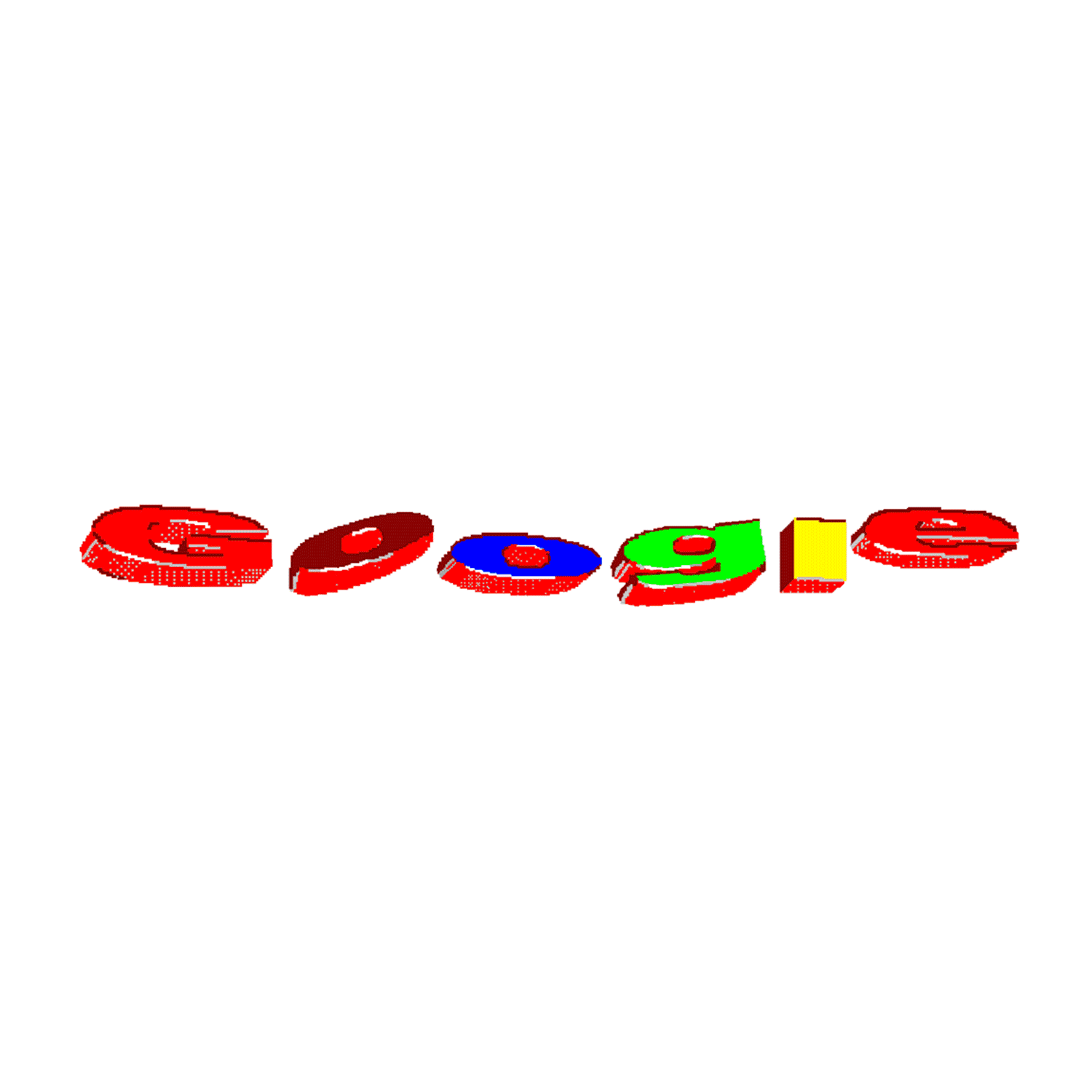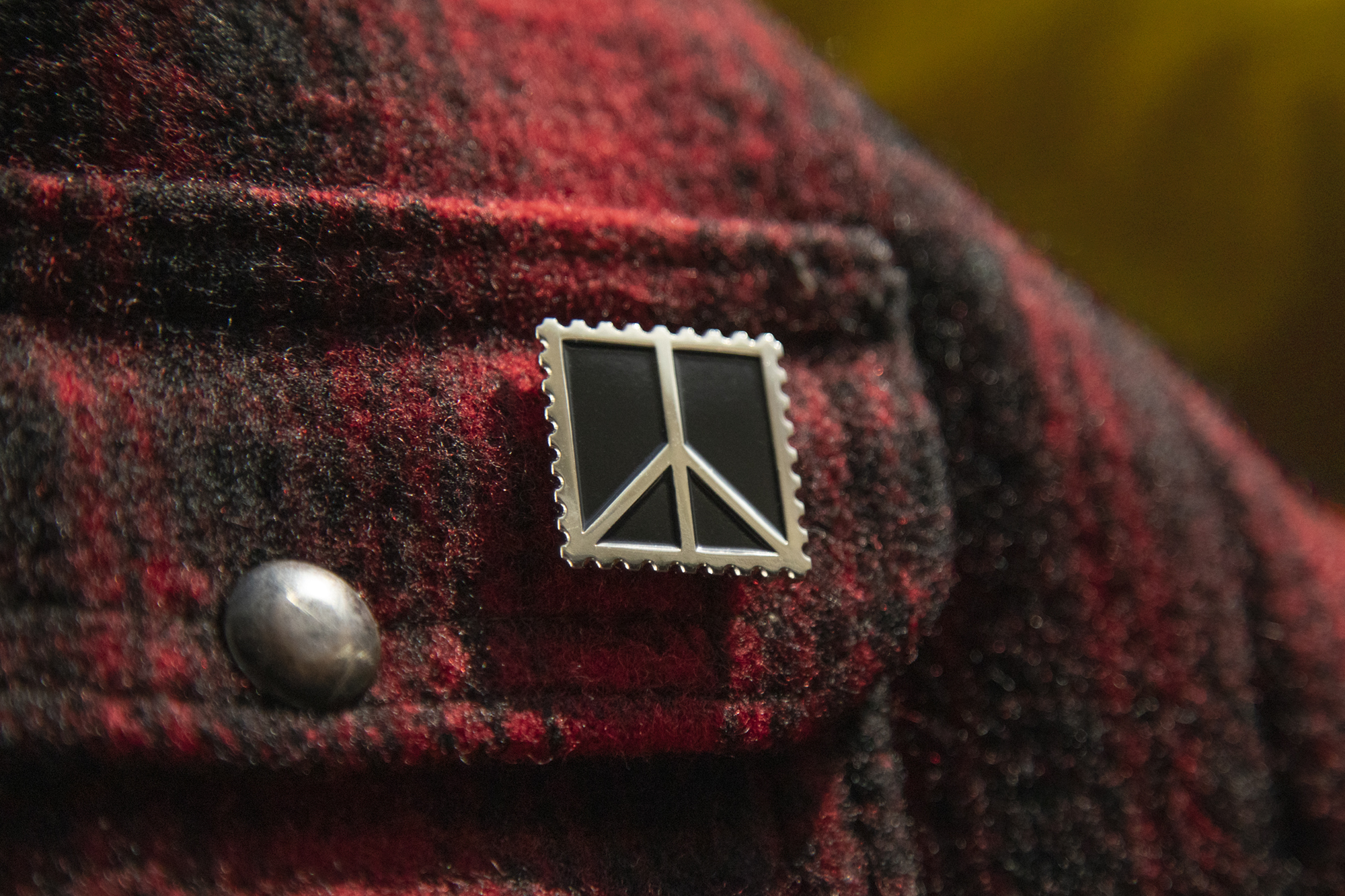
08.04.23
Peace is a Process: Reflections on the Resilience of Choice
Finding our footing on a long journey
When we started the Peace Post project in 2016, we thought the project would be fully wrapped by 2020. Posting an illustration of an activist 52 weeks a year would move us through each of the roughly 200 countries at a steady clip, and we'd have it completed in a tidy four-year span. The plan was solid; the math checked out. What could go wrong? Well, seven years in, we're finally in the home stretch.
Reading and researching hundreds of potential peace advocates to feature has been a humbling process. For me, a red thread through it all is the juxtaposition of choice within unchosen circumstances. No one chooses where they are born or the circumstances they are born into. No one chooses what sins of the past align with the present to face them. No one can choose the actions taken by others. Personal action, however, is perhaps THE defining choice we have as humans.
Yet, choice can often be elusive. Pure survival often dictates that it be so. But tracing choice as a subject through these incredible stories has impressed upon me that, when given the opportunity for action, action must still be chosen. Moments seized in the most dire of circumstances with consequences unknowable, the stories at the center of this project are filled with people choosing to be brave, carrying on when there is no path forward, and acting because they know there is no other choice. Ultimately these moments are what elevated these humans to become heroes.
Credits
[CURRENT]/[TOTAL]
The project has allowed us to connect with creatives from around the world, people excited to be part of the project because of what it means to be recognized and to contribute. Many of our contributing artists have donated their commissions to support the work of the advocates directly. That says a lot about the nature of the project. We are endlessly grateful to the artists of every level who have put their hearts into pieces of peace.
Most importantly, there's been support from featured advocates and the communities they inspire. Anne Di Lillo's portrait of Henry Dunant, Swiss founder of the Red Cross, hangs in the meeting room at the Mission of Switzerland to NATO in Brussels, Belgium. Tuisina Ymania Brown, the Fa'afafine defender of indigenous lesbian, gay, bisexual, transgender, and intersex citizens in Samoa and the subject of Julian Mei's contribution, reached out to say, "I am humbled by your gesture, especially on this Transgender Day of Remembrance." Recently, Lefteris Arapakis of Greece reshared his portrait by Patrick Adams on Instagram. All these gestures mean so much to us.
The Saigon South International School in Vietnam recently studied Peace Post in their IB Literature and Language course. Students learned how to critique and speak about art, as well as about authorial / artist choice and how it conveys meaning. Johnny and I were honored to be able to do a Q&A session with the class over Zoom. When answering questions about the struggles in particular, the project never felt more valid, and from that point, we've come away with a new enthusiasm to finish this whole thing off with a more genuine sense of love than where it started.
Credits
[CURRENT]/[TOTAL]
So what happens when we find ourselves at the eventual end of our list of countries? We've had many thoughts on how to cap off the project. We've envisioned a book, an AR learning experience, and an event to showcase the portraits bringing together as many advocates and artists as possible, among other things. One thing is certain: the tough subjects at the core of these stories will remain, just as there will be more good people to rise to the challenge. An addendum may be in order. Either way, we are thankful for your support, new and ongoing. Together, let us celebrate the human capacity for bravery, resilience, and choice to make a difference against all odds, even when the stakes feel small. But especially when they aren't. Ultimately, I hope the project is a reminder that peace is not an endpoint, but a continuous process of choosing that requires our collective unwavering dedication.
Follow along on Instagram or visit peace-post.com
